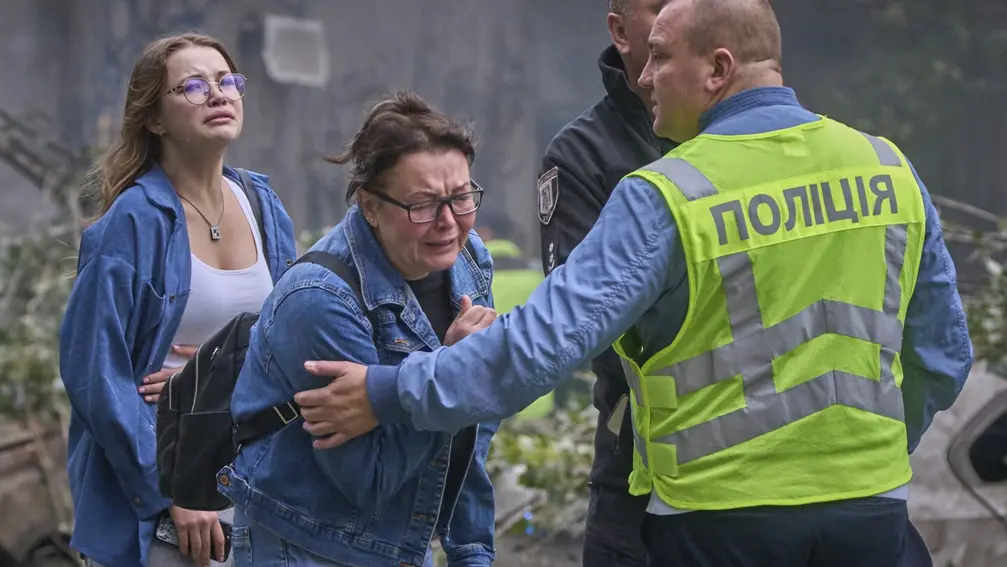T4K3.news
Kremlin presses Donetsk surrender in ceasefire offer
Kremlin officials reportedly want Ukraine to cede Donetsk and other territories as a condition for a frontline freeze, according to Bloomberg.

Analytical look at Moscow’s ceasefire proposal that ties Ukrainian territory to a paused front line.
Kremlin demands Donetsk surrender in ceasefire offer
Kremlin officials have reportedly pressed Ukraine to cede territory in Donetsk and Luhansk and to freeze the frontline as a condition for a ceasefire, Bloomberg reported on August 8. The terms would also require Kyiv to withdraw from areas Russia has long sought to seize and would delay any withdrawal from territories Russia already occupies. US and European officials cautioned that Moscow’s willingness to concede land remains unclear and that Kyiv and its allies still need to approve any deal.
Understanding the strategic logic, ISW notes that ceding Donetsk would place Russian positions on a shorter, more exposed border and could invite renewed Kremlin pressure on Kharkiv and the Dnipropetrovsk region. The fortress belt around Slovyansk and Kramatorsk has withstood Russian attempts since 2014, and its loss would complicate Ukrainian defense planning and require Western investment in new lines and monitoring. At the same time, Russia continues long-range strikes and is reinforcing efforts to envelop frontier towns, signaling that a ceasefire without robust guarantees could still be a prelude to renewed fighting.
Key Takeaways
"Putin remains disinterested in good faith negotiations"
ISW assessment of Moscow's approach
"A ceasefire that freezes the frontline without a final peace deal would leave room for renewed fighting"
ISW analysis of potential outcomes
"The fortress belt has been Ukraine's shield for a decade"
Background on Donetsk defense
"The plan appears designed to delay sanctions while stalling negotiations"
Assessment of strategic aims
The move looks like a tactic to delay sanctions and stretch Western unity. By tying a ceasefire to territorial concessions, Moscow risks birthing a frozen conflict that drags on without a credible endgame. If credible security guarantees are not part of any deal, the next phase could be another round of bargaining rather than genuine peace.
For Ukraine, the proposal underlines the importance of verifiable guarantees and durable security arrangements. For Moscow, it is a gamble: pause the fighting now while preserving leverage for a future push. The coming days will reveal whether diplomacy or coercion shapes the war’s path and whether Western allies insist on conditions that make a durable settlement feasible.
Highlights
- Peace on Putin's terms is not peace at all
- The fortress belt holds because Ukraine built it brick by brick
- A ceasefire that freezes fronts while land changes hands is not a settlement
- This plan is a delay tactic, not a path to ending the war
Risk of escalation and political backlash
The proposed terms tie territorial concessions to a ceasefire, risking a frozen conflict and intensified disputes with Western allies if guarantees are weak or missing. Public and political backlash could arise at home in Russia and abroad if the plan collapses or if sanctions remain in place.
The next steps will test whether diplomacy can outpace coercion in a war that has already stretched for years.
Enjoyed this? Let your friends know!
Related News
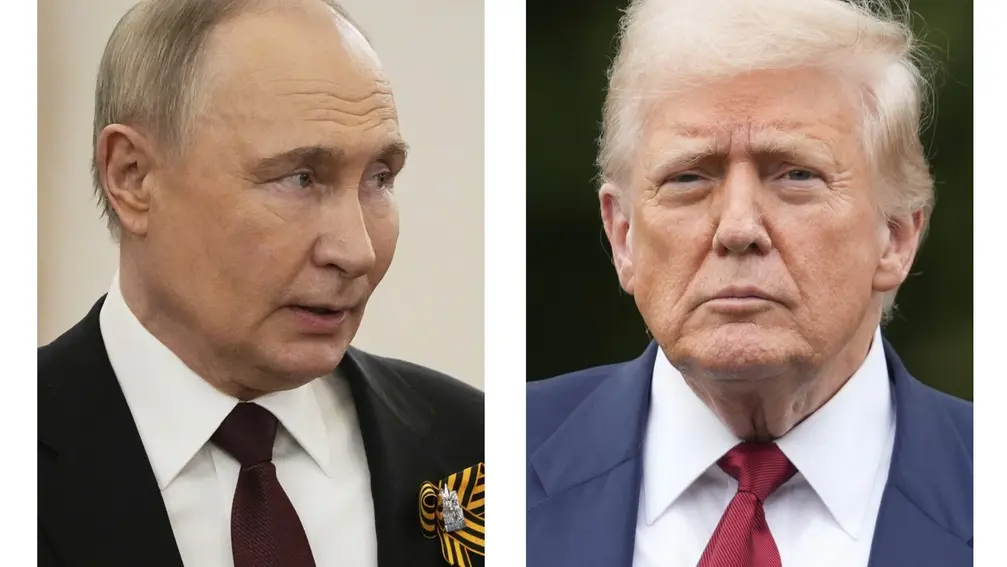
Russia holds firm ahead of Putin Trump summit

Putin's ceasefire demands test Western unity
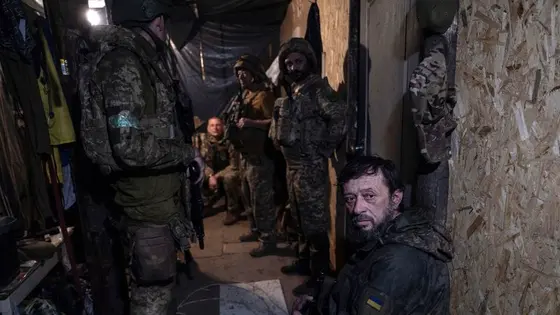
Europe wary as Putin and Trump discuss Ukraine
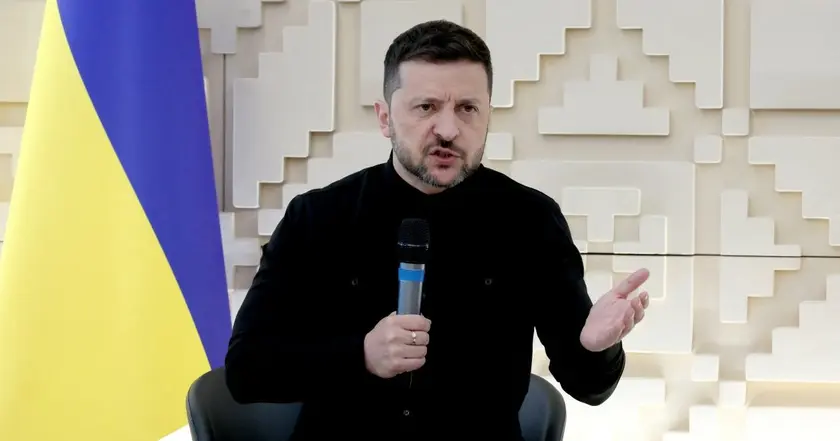
Zelensky rejects land concessions ahead of Alaska summit
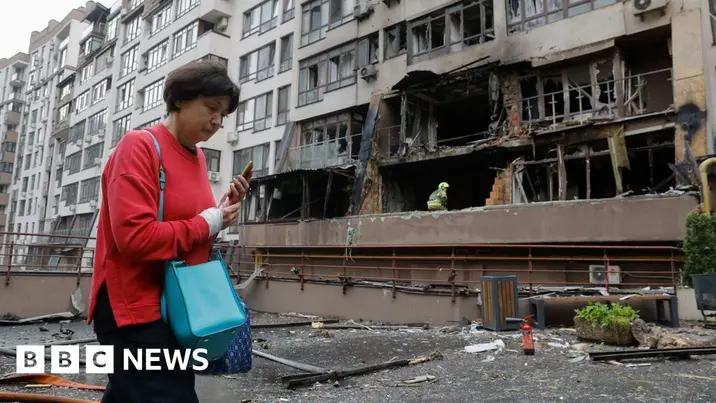
Trump plans meeting with Putin amid ongoing Ukraine war

Russian offensive campaign assessment updates

Ukraine conducts drone strikes on Russian energy sites
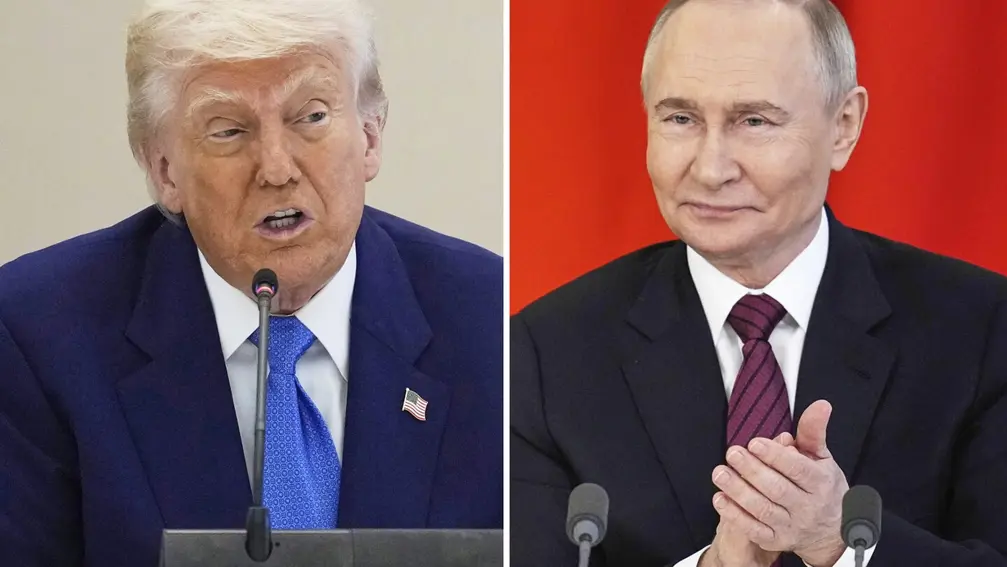
Putin hopes for meeting with Trump next week
